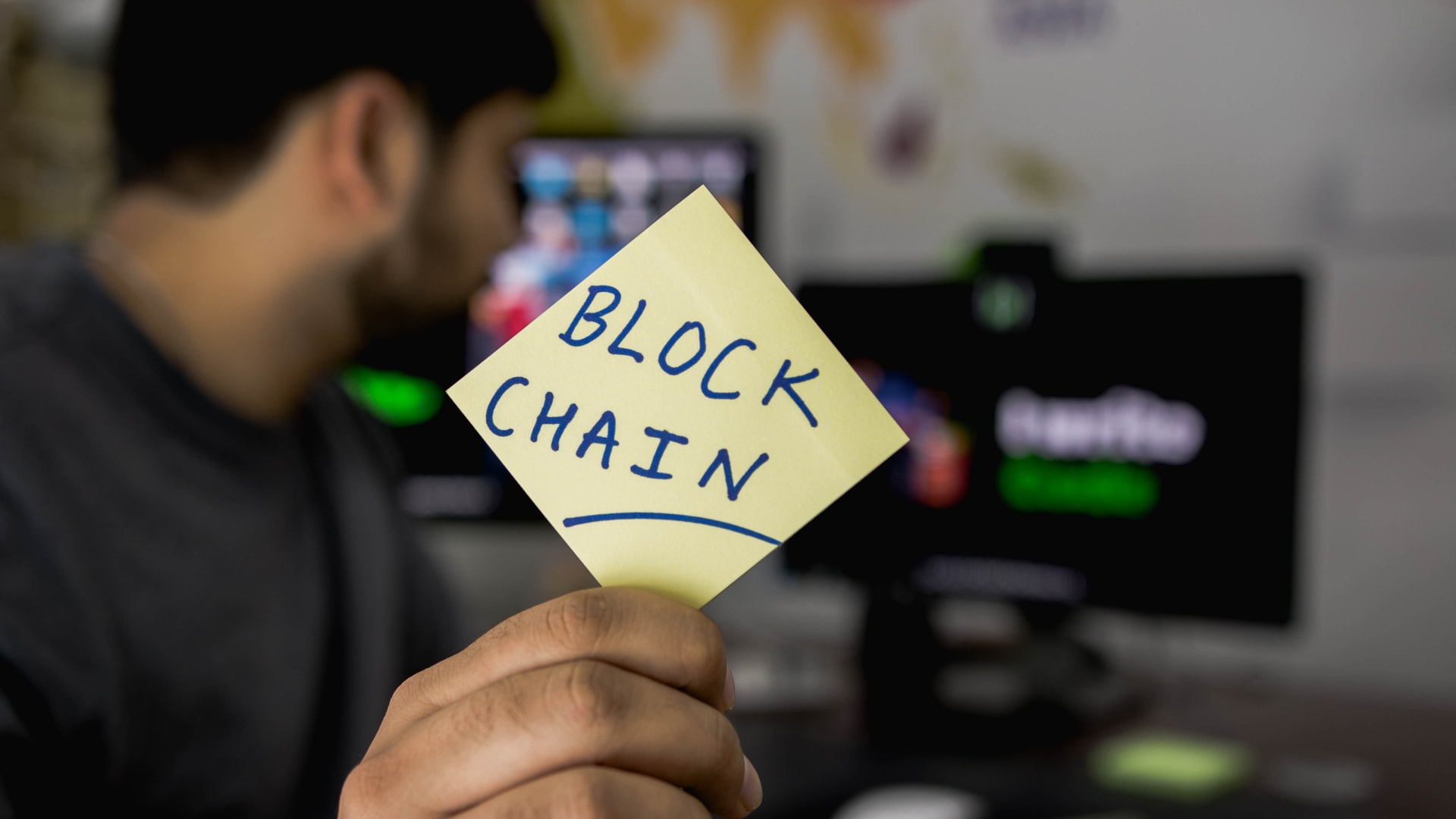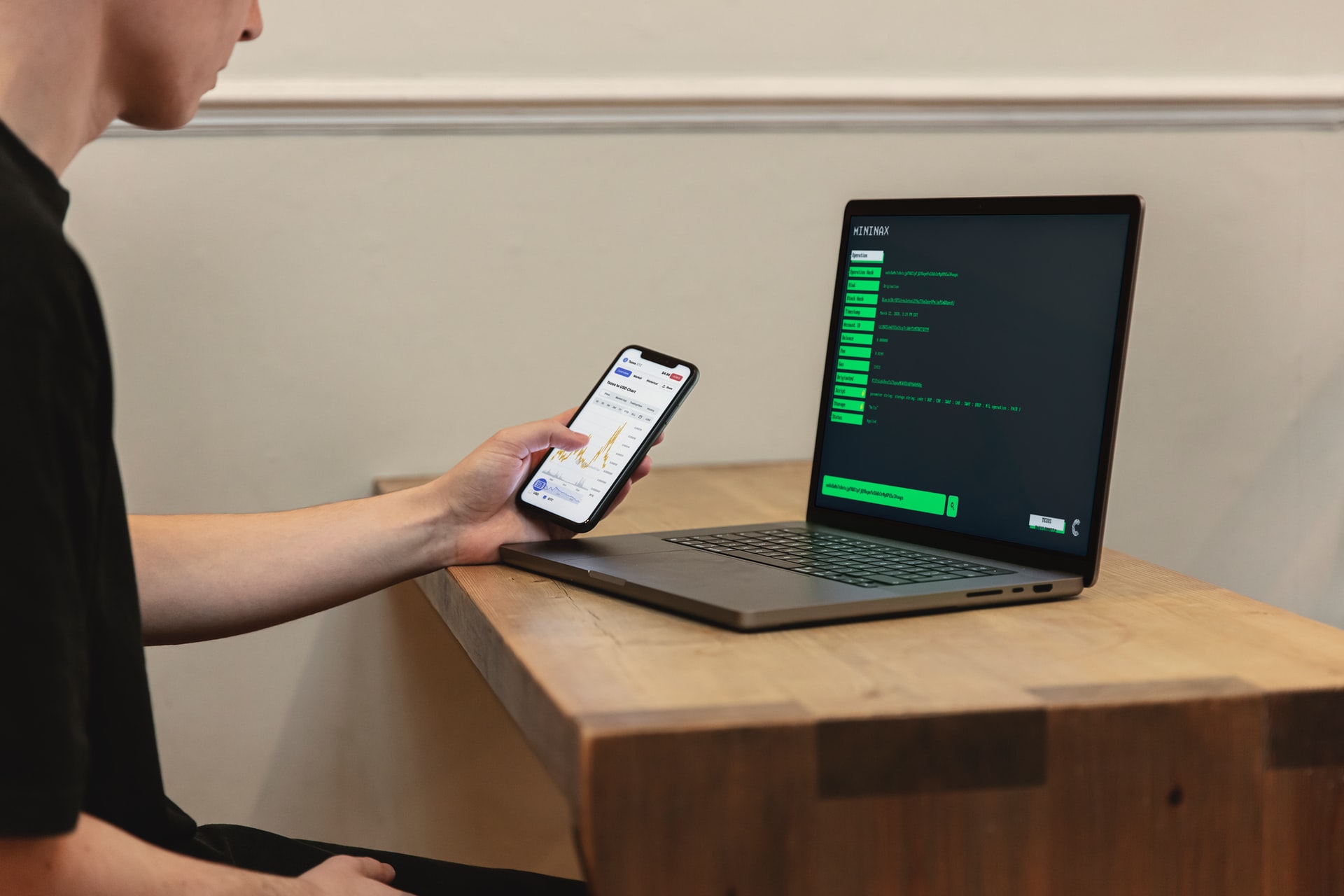In recent years, the integration of cryptocurrency ecosystems with DeFi (Decentralized Finance) and blockchain platforms has transformed the digital economy. Among such groundbreaking projects is Sora Crypto, a blockchain protocol designed to foster decentralized and scalable finance through innovation. With its unique architecture and seamless interoperability, Sora provides vital functionalities that support decentralized applications, bridges with other networks, and advanced economic models.
Sora distinguishes itself by offering more than a traditional cryptocurrency utility. It is designed as a comprehensive economic system that facilitates both governance and innovation in DeFi. The platform’s core token, XOR, serves not only as a means of transfer but also as a fuel for various applications and smart contracts built on the Sora network. The integration of Sora with other blockchain platforms and DeFi applications illustrates its flexibility and its potential to become a key player in the decentralized financial landscape.
Table of Contents
What Is Sora and What Makes It Unique?
Sora is a decentralized, community-governed network aiming to create a supranational economic system. It introduces a revolutionary approach to monetary policy through algorithmic allocation of newly minted tokens to productive projects via democratic on-chain governance. By doing so, Sora removes the traditional inefficiencies associated with centralized economic planning and financial systems.
One of the critical strengths of the Sora network lies in its technological infrastructure. Built on the Substrate framework — the same technology that powers Polkadot — it ensures high scalability, modularity, and interoperability with other Substrate-based chains. This design makes it inherently easy to connect and integrate with other blockchain platforms and contribute toward a highly composable DeFi ecosystem.

How Sora Integrates with Blockchain Platforms
Sora has laid the foundation for integration with other blockchain networks, especially those within the Polkadot and Kusama ecosystem. Although it operates as a standalone network, plans are in place for it to become a parachain within the Polkadot environment, enabling seamless data and token transfers across chains.
Key technical strategies that facilitate Sora’s blockchain integration include:
- Bridges: Sora uses bridges to link with Ethereum and other blockchains, allowing XOR and other Sora-native assets to be utilized across multiple networks.
- Interoperability Protocols: Leveraging the Interlay and Snowfork projects, Sora enhances interoperability with external blockchains beyond the Substrate ecosystem.
- Polkadot Parachain Slot Auction: Sora aims to join the Polkadot network to maximize its composability and broaden access to other DeFi apps and liquidity pools.
Through these integrations, tokens on the Sora network, such as XOR, VAL, and PSWAP, gain usability far beyond their original scope. For example, the Fearless Wallet, which supports both Sora and Kusama networks, allows for seamless token swaps and cross-platform functionalities with a simple user interface.
Sora’s Role in the DeFi Ecosystem
The emergence of decentralized finance has opened the door to blockchain-native financial products such as yield farming, lending protocols, stablecoins, and decentralized exchanges. Sora contributes to this space in a myriad of ways:
- Polkaswap: A decentralized exchange (DEX) built natively on Sora, Polkaswap enables simple and swift token swaps, deep liquidity sourcing, and protection against front-running attacks.
- Token Bonding Curve (TBC): Sora uses an advanced economic model for minting and burning XOR tokens based on demand. This mechanism parallels supply-and-demand principles present in traditional finance, offering price discovery and fair allocation.
- DeFi Toolkits: Developers can build DeFi apps using the SDKs and tools provided by the Sora network to create lending platforms, stablecoin protocols, insurance solutions, and more.

Moreover, the algorithmic nature of Sora’s economy ensures that XOR can be rewarded to projects that bring value to the network. Community voting determines the legitimacy of these projects, fostering transparency and community engagement. This governance model promotes genuine innovation and equitable allocation of capital, traits often missing in traditional venture-funded ecosystems.
Benefits of Sora and Its Integration Capabilities
The benefits of Sora’s integration with blockchain and DeFi platforms extend across many levels — developers, investors, and end users alike. Here are some of the prominent advantages:
- Enhanced Liquidity: Through Polkaswap and inter-blockchain bridges, liquidity can flow more freely, providing better pricing and faster transaction times.
- Cross-Network Functionality: Users can interact with apps and tokens across Ethereum, Polkadot, and other chains, making their holdings multi-purpose and interoperable.
- Lower Transaction Fees: By aligning with the efficiencies of the Substrate framework, Sora provides economical transactions, especially compared to traditional Ethereum gas fees.
- Decentralized Innovation: Projects seeking funding can propose their ideas on the Sora network and receive XOR through democratic approval, decentralizing access to venture capital-like funding.
These features make Sora not only a powerful financial tool but also a fertile ground for next-generation DeFi applications looking for technological and economic sustainability.
Challenges and the Road Ahead
Although Sora has significant potential, it also faces several challenges commonly encountered by emerging blockchain networks. Liquidity fragmentation across different DEXs, lack of widespread awareness, and the high competition in the DeFi space can pose short-term hurdles. Additionally, security remains a point of concern, and Sora must maintain rigorous testing and audits to avoid exploit attacks.
Looking forward, the Sora community is actively pushing for greater adoption through tutorials, developer incentives, and user-friendly apps. As it edges closer to becoming a Polkadot parachain while nurturing more third-party app integrations, Sora seems poised to play a pivotal role in the next wave of DeFi evolution.
Conclusion
Sora Crypto represents an evolving fusion of blockchain technology, economic theory, and decentralized governance. Its seamless integration with other blockchain platforms and active participation in the DeFi space have positioned it as a promising ecosystem for builders, investors, and users alike. By rethinking token issuance, fostering democratic project funding, and ensuring interoperability, Sora lays down the infrastructure necessary for a decentralized and inclusive financial future.
Frequently Asked Questions (FAQ)
-
What is XOR in the Sora network?
XOR is the native utility token of the Sora network, used for transaction fees, governance, and economic bonding curves. -
How does Polkaswap relate to Sora?
Polkaswap is a decentralized exchange (DEX) that operates on the Sora network, enabling frictionless token swapping and liquidity provision. -
Is Sora compatible with Ethereum?
Yes, Sora supports Ethereum through cross-chain bridges, enabling assets like XOR to interact with Ethereum-based dApps. -
How does Sora enable project funding?
Sora utilizes an on-chain governance system where community members vote to allocate newly minted XOR to value-generating projects. -
Can developers build DeFi apps on Sora?
Absolutely. The Sora network provides development tools, APIs, and SDKs for creating lending platforms, yield farming protocols, and more.




